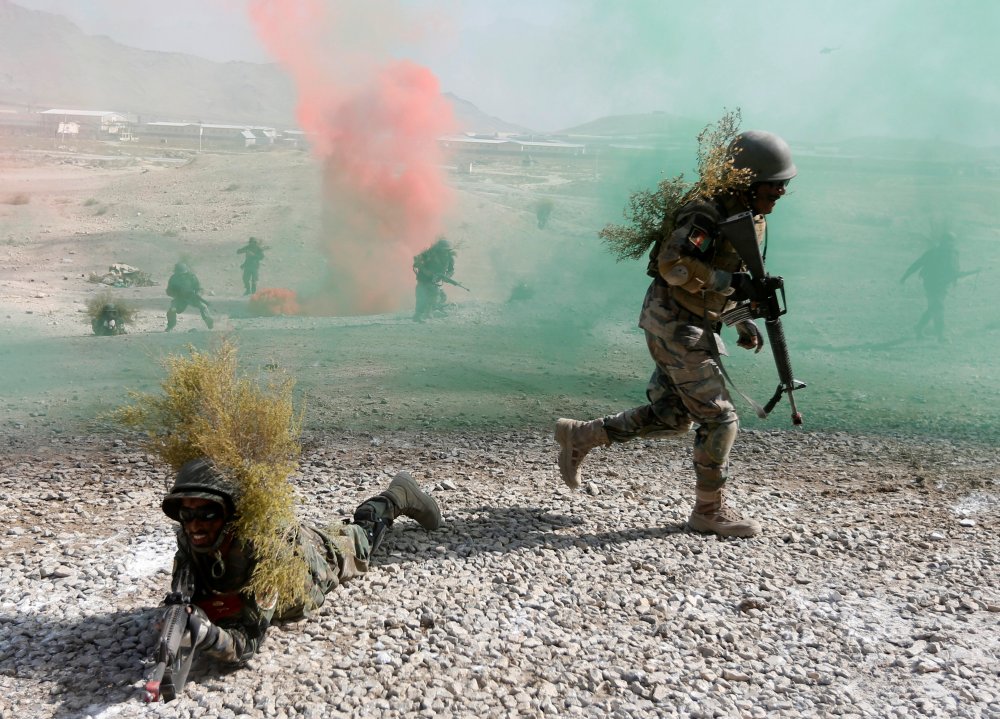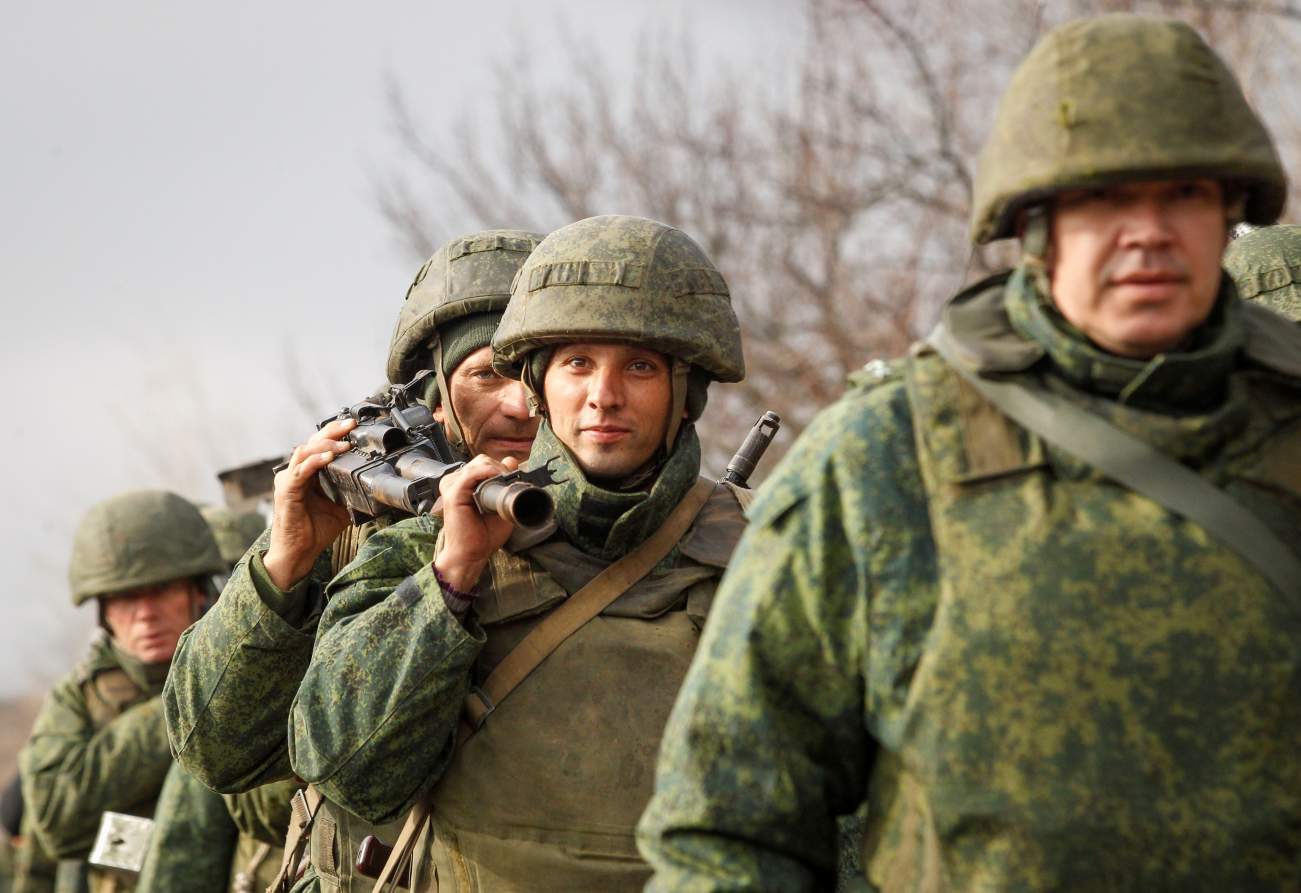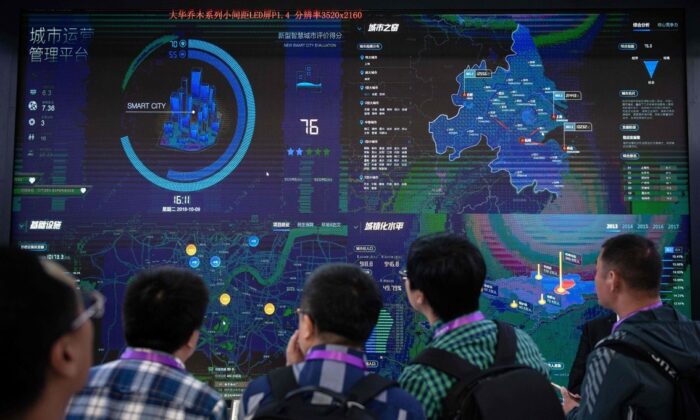AMRITA NAYAK DUTTA
 The Indian Army advisory says WhatsApp is a vulnerable platform and Facebook has turned out to be a crucial source of collecting intelligence.
The Indian Army advisory says WhatsApp is a vulnerable platform and Facebook has turned out to be a crucial source of collecting intelligence.
New Delhi: The Indian Army wants its officers holding critical posts to deactivate their Facebook accounts and not use the popular messaging application, WhatsApp, for any official communication.
In an advisory issued last month, the army has cautioned officers holding sensitive posts in all headquarters, divisions and brigades that WhatsApp is a vulnerable platform and so should not be used for any official communication.
It added that although WhatsApp is end-to-end encrypted, the encryption would cease to be effective if the mobile handset on which it is being used gets compromised.
WhatsApp was recently in the eye of a storm after it admitted that surveillance software called Pegasus — owned by an Israel-based NSO group — had been used to compromise some of its Indian users, including journalists and activists.
The advisory comes after the army cyber group conducted an analysis of social media trends in which it has identified a new set of problems on the ways its personnel use the internet.















/arc-anglerfish-arc2-prod-mco.s3.amazonaws.com/public/CBP3DJAU6NE2TLNWMF6UC4NVWE.jpg)



